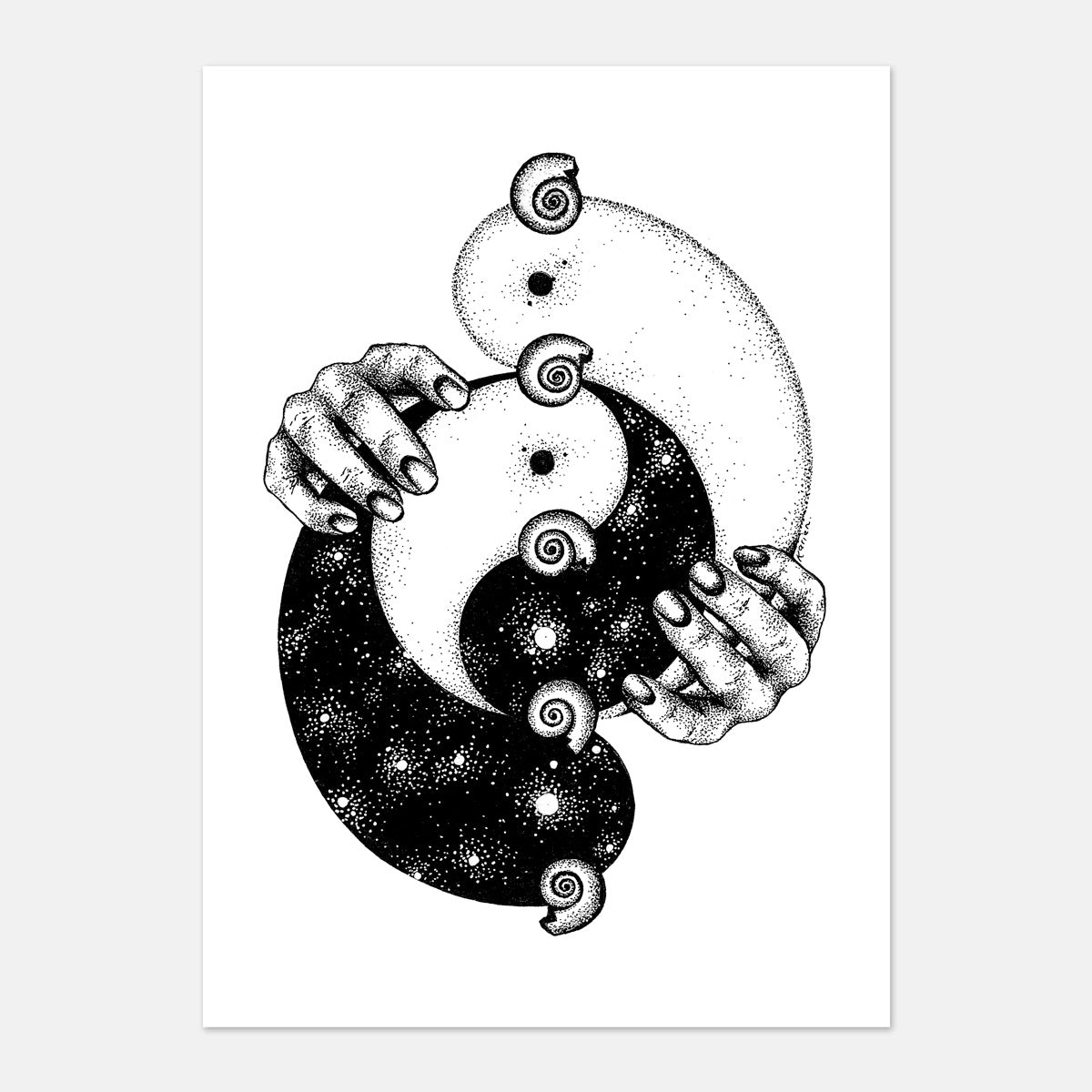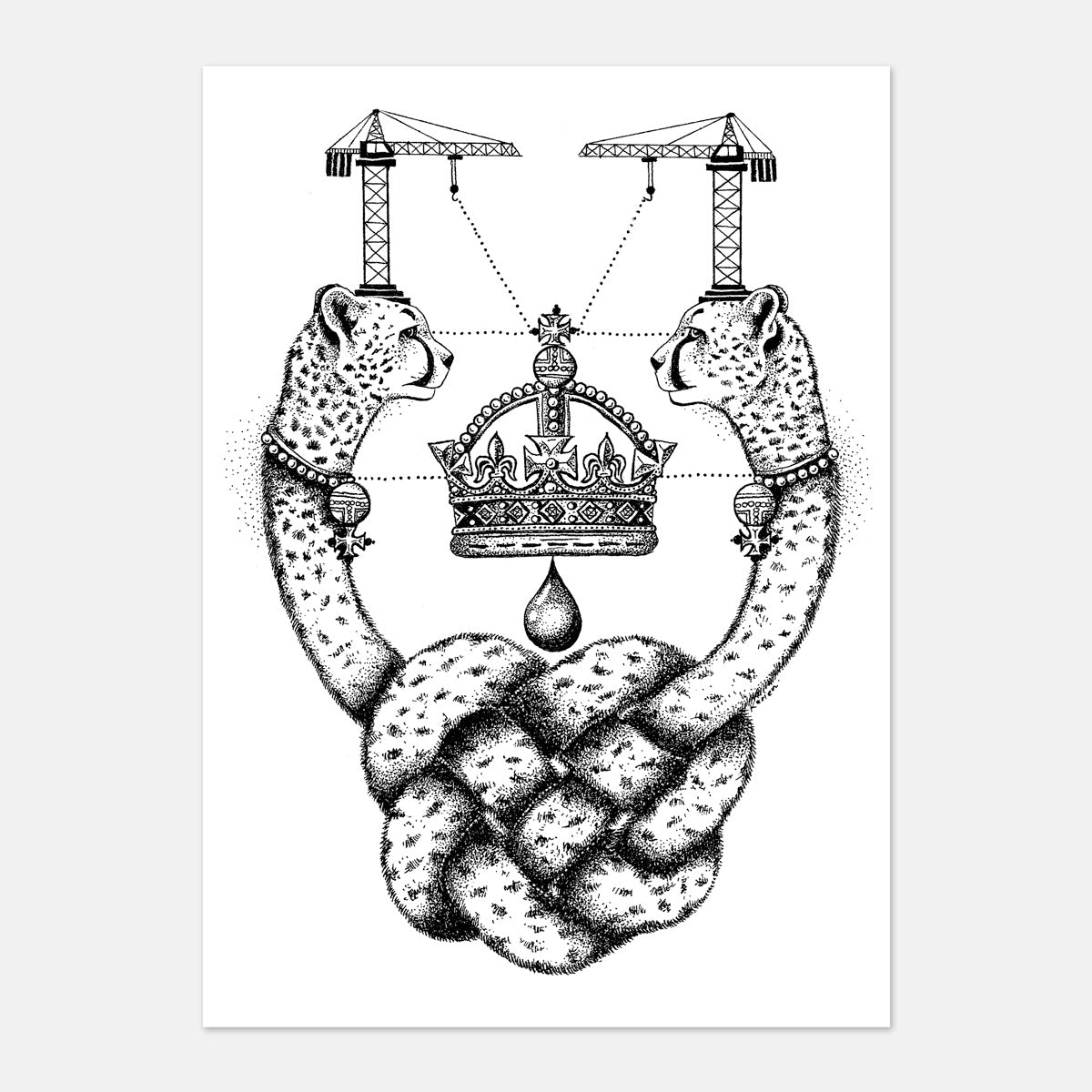The use of symbols and imagery to convey meanings beyond the literal level has been a part of art for thousands of years. From ancient Greek symbols of religion, to modernist surrealist works of art, symbolism is used to create layers of meaning that give a deeper understanding of an artist's work. In this blog post, we will explore the importance and power of symbolism in art.
What Is Symbolism?
Symbolism is the use of symbols or imagery to represent abstract ideas or concepts. Symbols can be found everywhere – in literature, film, television, music, and visual arts – and are often used to evoke emotions or express a point beyond what words alone can do. In visual art specifically, symbols allow viewers to go beyond what they see on the surface: they become clues that reveal the messages and themes behind the artwork.
How Do Artists Use Symbolism?
Symbols have long been used by artists as a way to communicate with their audiences on a deeper level. Whether it's through religious iconography like crosses and halos, or more modern motifs like animals or objects from everyday life, symbolism allows an artist to say more than what is visible at face value. For example, Salvador Dali's iconic painting The Persistence of Memory (1931) contains many symbolic elements that add depth to his work. His melting watches may represent mortality and decay; his ants could be seen as representing his distaste for bourgeois values; his deer might symbolize pride; and his olive tree is thought by some scholars to represent peace after the devastating effects of World War I. By including these symbols into his painting, Dali conveys complex moral and philosophical messages that reach far beyond what he depicted on canvas.
Why Is Symbolism Important?
Symbolism gives artwork greater depth and dimension: viewers are able to form connections between elements within a piece that would otherwise be inaccessible without knowing the cultural context in which it was made.
It also gives viewers an opportunity to engage with art on an emotional level, allowing them to make personal associations with particular symbols or images found within an artwork – even if those associations differ from how an artist initially intended them.
This makes art all the more meaningful; when people are given access to something that goes deeper than simple aesthetics or technical skill, it provides them with a richer experience overall.
Conclusion
Symbolism is one way artists are able to communicate with their audiences on multiple levels – invoking emotion while conveying powerful messages and themes within their work. By understanding this language of symbolism, viewers can gain greater insight into both classical and contemporary works of art alike – appreciating artwork as not just aesthetically pleasing but culturally significant as well. My artwork is also rich in symbolism including animals (like the zebra and flamingo hybrid in my "Zebramingo" illustration), or cultural references (like the corn representing Nebraska in my "A Glass Of Midwest" illustration).



